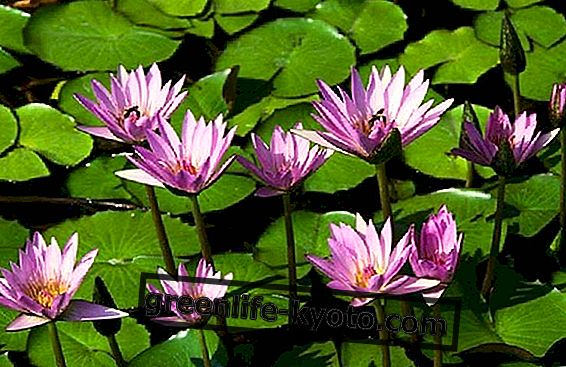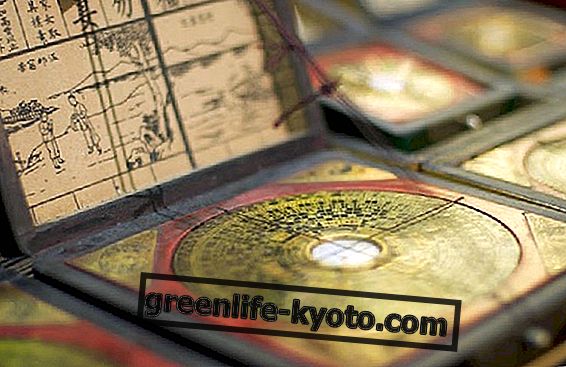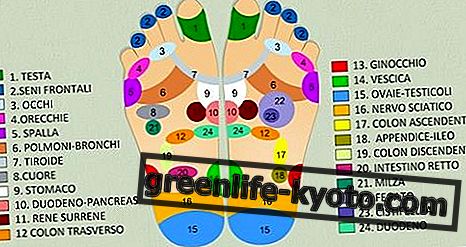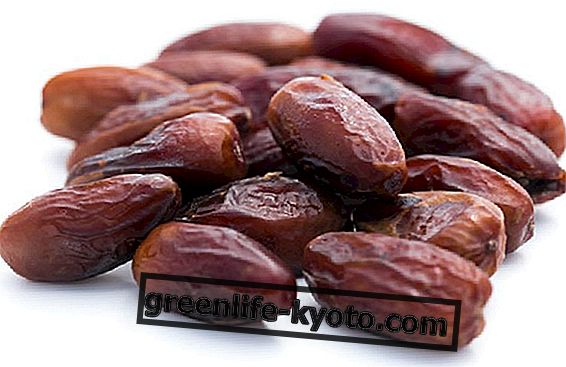
The oil of neem, whose popular name, anciently, was given in India in honor of the goddess Neemari, is a vegetable oil obtained from the cold pressing of the seeds of Azadirachta Indica, belonging to the Meliacee family ; and now known throughout the world for its extraordinary properties and its multiple applications.
In the seeds there is the greatest variety and concentration of substances with medicinal effects, even if they are present in the other parts of the tree (leaves, bark, wood, roots, fruit pulp, flowers).
It is a plant belonging to the Ayurvedic tradition, used for millennia for its antibiotic, antibacterial, anti-inflammatory and antiparasitic activity .
In India, even the sparrows know it, and it is not a manner of speaking! In fact, they add twigs and neem leaves to their nests, and the analyzes show the absence of many parasites usually found in the nests of these birds.
The neem oil for its application on the skin is very powerful and concentrated and can be added in the quantity of a few drops in natural base creams or in more delicate vegetable oils, such as sweet almond oil or jojoba oil .
The neem oil commonly sold is not suitable for internal use, therefore it cannot be ingested, but can be used for external or cosmetic applications, both on ourselves and on animals or plants .
Like neem oil, there are other products for natural cosmetics: find out what they are
Properties and benefits of neem oil
The neem oil, as we have seen, is characterized by antiviral, antibacterial, antiparasitic, antiseptic and antifungal properties, which make its use suitable not only for the care of our health and beauty, but also for the preservation of plants and animals from attacks by pests.
In fact, neem oil contains active ingredients that can counteract viruses, bacteria, fungi, as well as performing a moisturizing, regenerating and restructuring action on the tissues and is therefore effective, for example, on the most common dermatological conditions .
It can be present in herbal preparations and natural cosmetics such as toothpastes, soaps, skin creams and skin care products.
The smell of pure neem oil can be quite pungent and not very pleasing and in cases where it is strictly necessary this problem can be solved by adding it with essential oils that, in addition to perfuming, have properties suitable for the disorder you want to cure. or prevent.
- Eudermic action : its content of vitamin E and essential fatty acids make it suitable for the preparation of face and body creams with antioxidant and anti-aging power.
- Anti-inflammatory action : due to the presence of prostaglandin inhibitors, neem oil resolves many gum diseases and pyorrhea. Thanks to limonoids and catechins, potent inhibitors of acute inflammation mediators, neem is used in the treatment of pain caused by muscle tears, arthritis and rheumatism.
- Healing action: it is commonly used for psoriasis and eczema, as it moisturizes and protects the skin on one side; while on the other hand it burns and heals irritation, desquamation, and the injuries that these disorders cause. For this reason it is used in case of extensive burns, infected wounds and to stimulate healing and tissue reconstruction.
- Antibacterial and antiviral action: Salmonella tifi and staphylococcus aureus are among the bacterial strains contrasted by neem oil. In particular, the latter is responsible for the typical manifestations of acne, characterized by abscesses and painful comedones . Staphylococcus aureus also contaminates many foods and gives secondary infections such as peritonitis, cystitis, meningitis. Many of its strains are resistant to penicillin and other specialized antibiotics. In ancient times, neem twigs were chewed (as we do today with chewing gum) every day by millions of Indians: today it is used in toothpastes that counteract the formation of plaque and whiten the teeth considerably, or even in the form of mother tincture with antiseptic properties. The neem has given the best results against Herpes Virus (labial and body).
- Antifungal action : effective against 14 types of skin fungi, neem oil, among others, inhibits Trichosporon (infections in the gastro-intestinal tract) and Geotrichum (infections in the bronchi, lungs and mucus membranes). The greatest efficacy and safety (no side effects) of use against Candida Albicans, infections caused by Trichophyton (to hair, skin / nails, athlete's foot), Tigna (caused by Epidermophyton) was observed.
- Insect-repellent action : neem oil is one of the natural remedies against insect bites, especially to combat mosquitoes, especially during the summer. Against scalp parasites (such as lice) and scabies mites . Also for animals it is an effective anti-flea and a completely ecological pesticide for plants, so much so that it is used in biological control against many pests in agriculture, because it is a natural pesticide .
Plant description
The Azadirachta Indica grows in the tropical and sub-tropical areas of Asia, Africa, America (Central and South), the Middle East, Australia and Oceania. an "evergreen" that can grow up to 25 meters, live up to 300 years, and produces small yellowish fruits containing one or more seeds in a hard core, from which neem oil is extracted.












